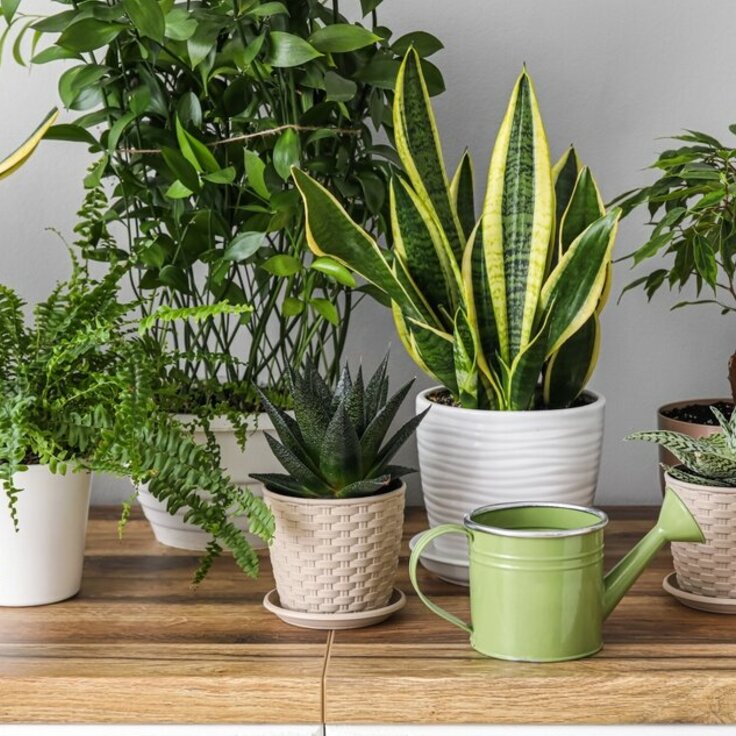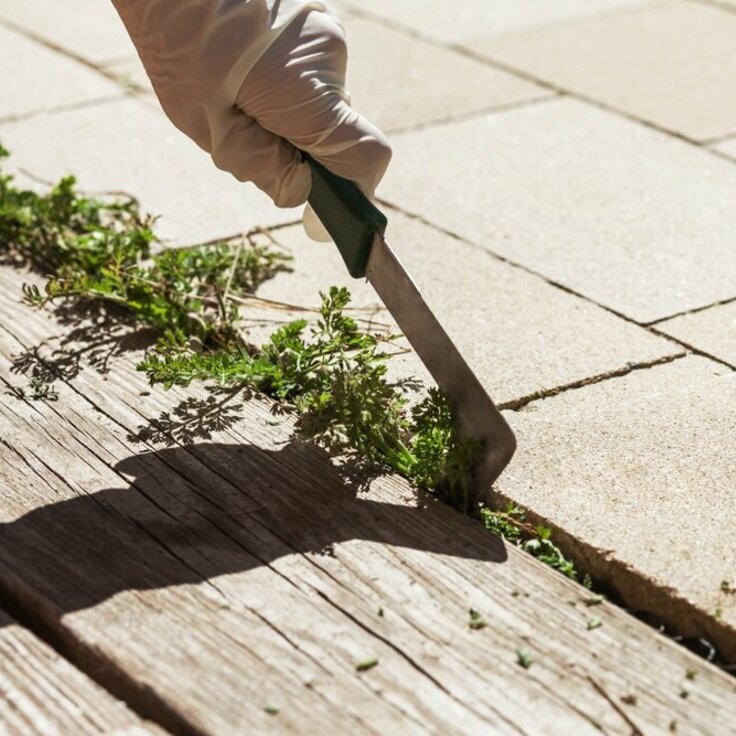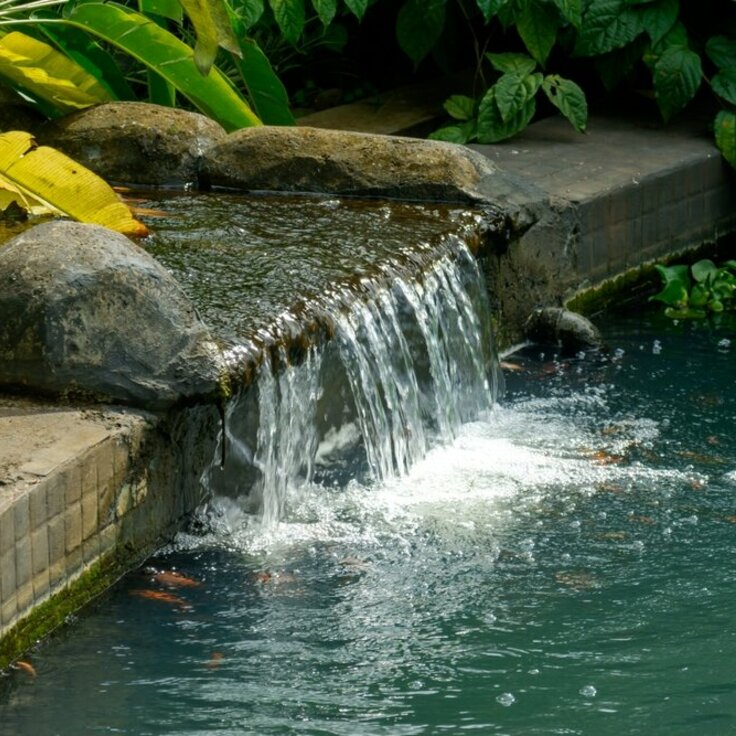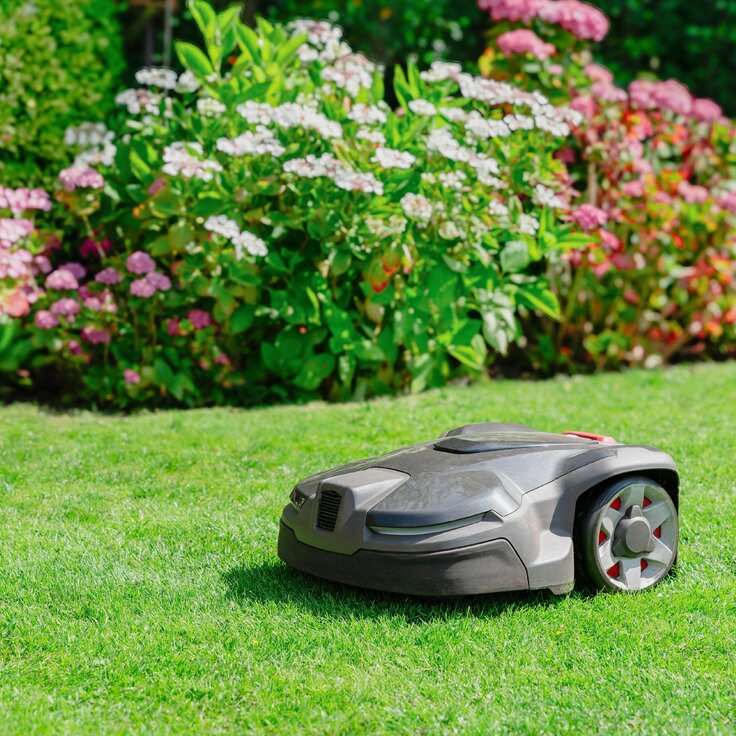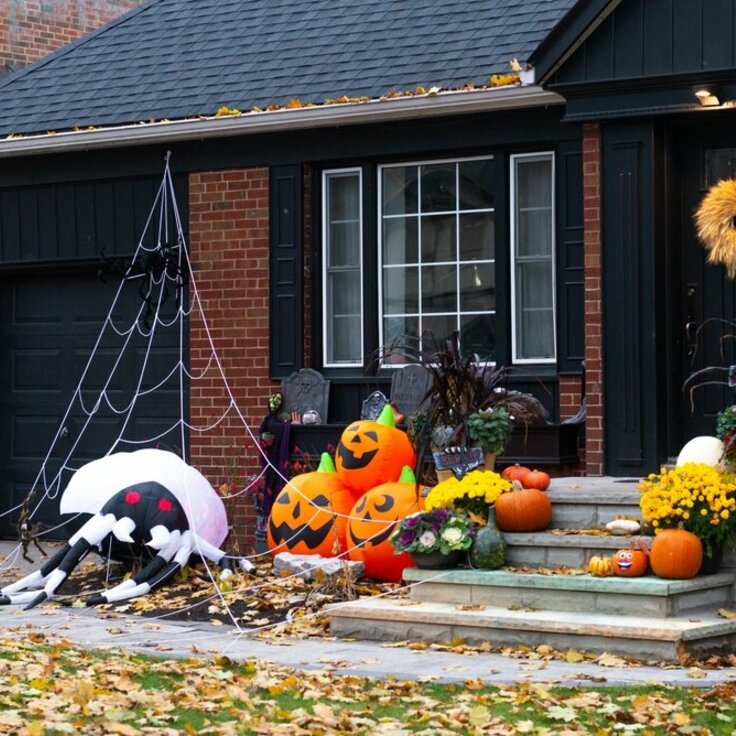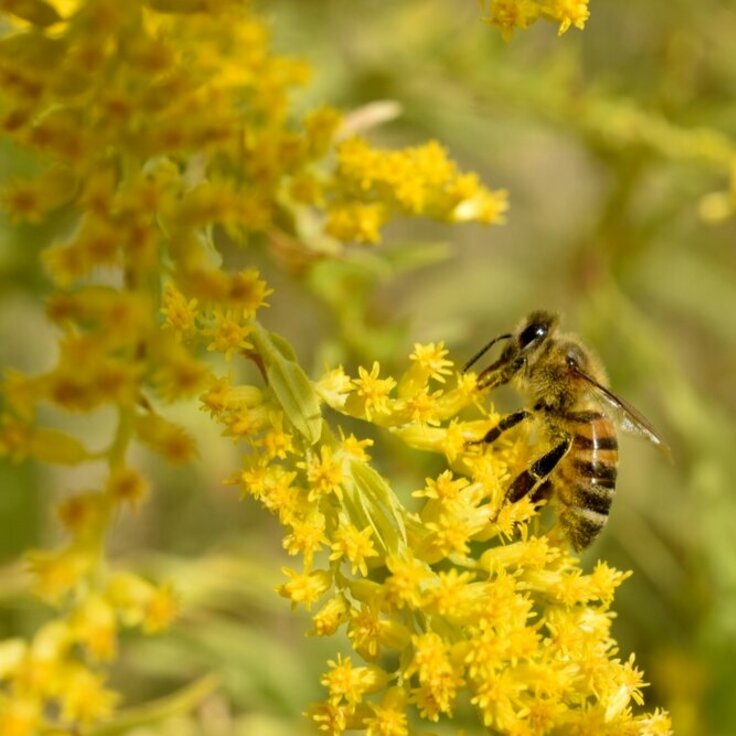Bring it indoors
Leverage the fall selling season to increase sales of houseplants and related products, such as potting soil, containers, insect control products and fertilizers, by motivating and showing customers how to create stunning indoor container gardens.
The temperatures may still be climbing this summer, but it’s not too early to begin thinking about autumn weather and the benefits of indoor container gardening. Leverage the fall selling season to increase sales of houseplants and related products, such as potting soil, containers, insect control products and fertilizers, by motivating and showing customers how to create stunning indoor container gardens.
For example, instead of buying one plant, encourage customers to tuck several houseplants into the same pot, just as they would for an outdoor container garden. By using same design principles, customers can create eye-catching houseplant combinations that rival professional work. Engage your customers by tapping into their creativity. Help them beautify their home or even someone else’s if they are growing a container garden as a thoughtful gift.
Here’s a guide customers can follow when planning, designing and planting an indoor container garden:
One size or style does not fit all
One of the first steps in building a container garden is choosing the right size and style of pot.
- Size: Find out from the customer where the container garden will be displayed, and assist them with selecting the appropriate size pot. The container should be in scale with interior spaces and furnishings. For an end table, choose a smaller container with a diameter no bigger than eight inches. A container serving as the centerpiece on a dining table or bar may have a diameter up to 10 or 12 inches. For tabletop gardens, suggest shallow containers, such as bulb pans or colored bowls. For floor container gardens, use larger pots (up to 14 inches across).
- Material: For indoor containers, customers should plant directly into plastic pots. Unglazed terra-cotta containers lose water through their porous sides. In the dry air of a winter home, that extra water loss can create desert conditions for indoor plants. Plants in nondescript plastic containers can be slipped into pretty cachepots made of any material.
- Drainage: Containers must permit water to drain away. Suggest buying a waterproof saucer to catch drainage from watering the houseplants. Even one drop of water on a wood surface can lead to spots or mildew, which could turn customers off from creating another container in the future.
- Dressing: If soil is visible, provide the customer with options to cover it with, such as moss, sea glass or polished river rock. Soil coverings also can help deter digging pets, preventing damage to houseplants and indoor gardens.
- Mobility: For large floor containers, placing the pot on a plant dolly will make housecleaning easier. Don’t forget to mention this to your customers. On tabletops, they can protect surfaces from containers by placing saucers or felt bumpers beneath their containers.
Design like a pro
Use these principles to group plants and use small, printed cards to explain their importance.
Care: Choose plants that demand the same light intensity and similar soil moisture and place them close to each other. Mixing a cactus with a tropical foliage plant is a recipe for disaster, so don’t display them next to each other.
Color: Customers can design their container garden to complement their home’s interior color scheme, or simply using plants they like. Suggest that they consider variegated or patterned plants to add visual interest to their container.
Texture: Propose mixing houseplants with different leaf textures to customers. For instance, a feathery fern looks striking paired with a broad-leaf prayer plant.
Habit: Choose plants with different growth habits to create levels of interest. Follow the same categories as you would when designing an outdoor container garden: thriller, filler and spiller.
- Thriller: In general, the height of a thriller plant shouldn’t exceed more than 1.5 times the pot height.
- Filler: Help them to choose an appropriate filler plant that clusters around the thriller, filling in the space between its stems and soil.
- Spiller: Spillers cascade over pot edges in a waterfall of flowers or foliage. In autumn containers, low-growing ornamental cabbages frequently fill the role of spillers, despite their lack of trailing growth. Let your customer know what his or her options are.
Spillers typically belong near pot edges, thrillers fill the center, and fillers land between the two. Find out if the container will be viewed from one side only, and if so, have the customer place the thriller toward the back of the pot.
Indoor Container Garden Combos
For inspiration, give customers some examples and provide information about caring for houseplants. Most combinations will hold for about a year and then out-grow their pots.
Bright Indirect Light Tabletop Garden
Exotic foliage plants fill this container with lively color.
- Thriller: foxtail fern (Asparagus densiflorus ‘Meyersii’)
- Fillers: aluminum plant, grape ivy (Cissus rhombifolia)
- Spiller: variegated ivy (Hedera helix ‘Ingelise’, or any variegated indoor ivy)
Care tip for customers: Pinch out growing tips on aluminum plant and both types of ivy to keep plants bushy.
Low-light tabletop garden
This container garden dances with foliage color, patterns and textures.
- Thriller: peace lily (Spathiphyllum)
- Filler: Southern maidenhair fern (Adiantum capillus-vernis)
- Spiller: golden pothos (Epipremnum aureum)
Care tip for customers: Snip spent peace lily blooms when they turn green. All of these plants prefer high humidity; planting them together helps raise humidity.
Bright Indirect Light Floor Garden
Fill a bright location on the floor with a living tapestry of leaf texture and color.
- Thriller: fiddleleaf fig (Ficus lyrata)
- Filler: Sapphire Suzanne Chinese evergreen (Aglaonema modestum ‘Sapphire Suzanne’)
- Spillers: variegated spider plant (Chlorophytum comosum ‘Variegatum’), creeping fig (Ficus pumila)
Care tip: for customers Snip spider plant stems that bear babies to avoid dropped blooms and dangling plantlets.
Read more at the Garden Center magazine.

